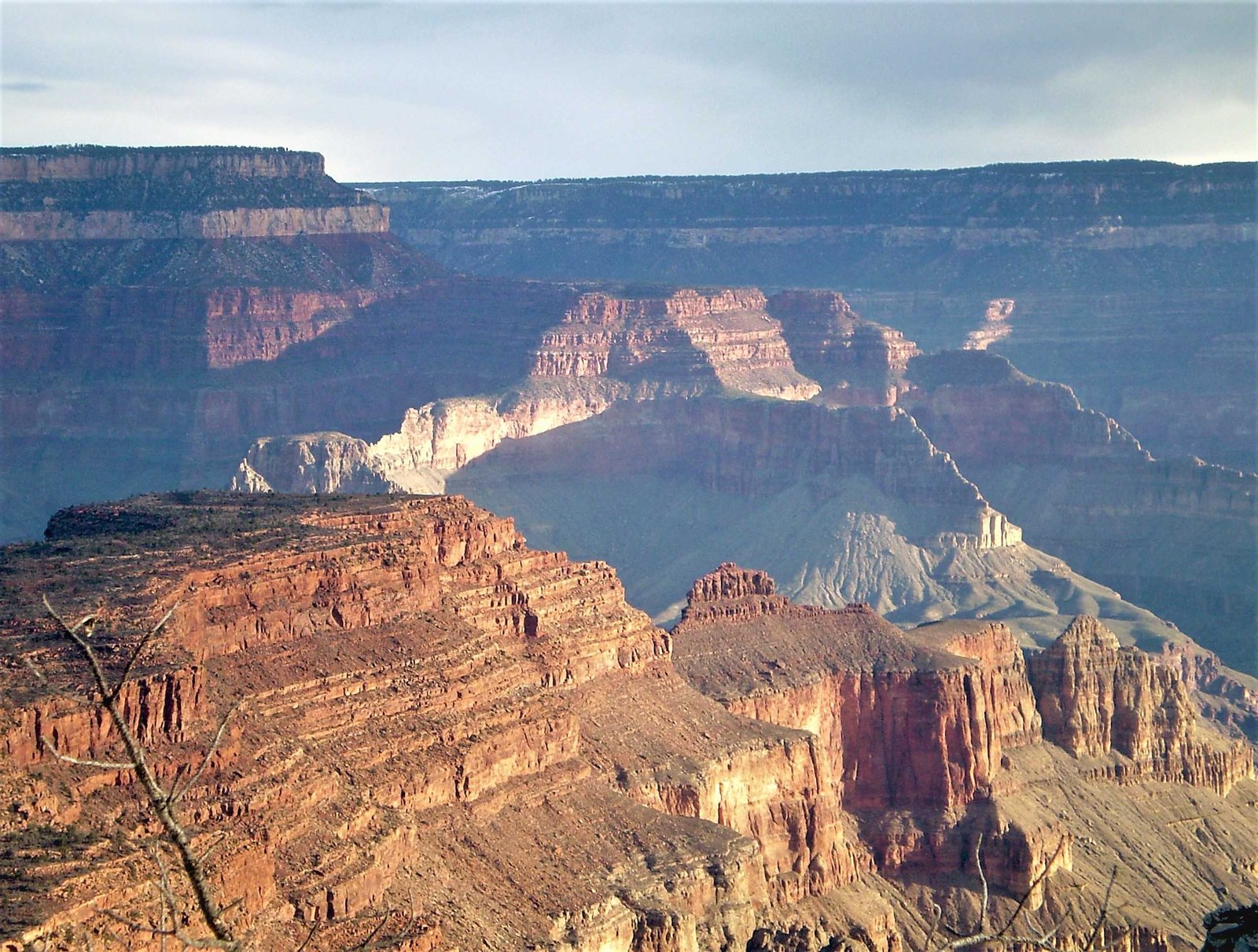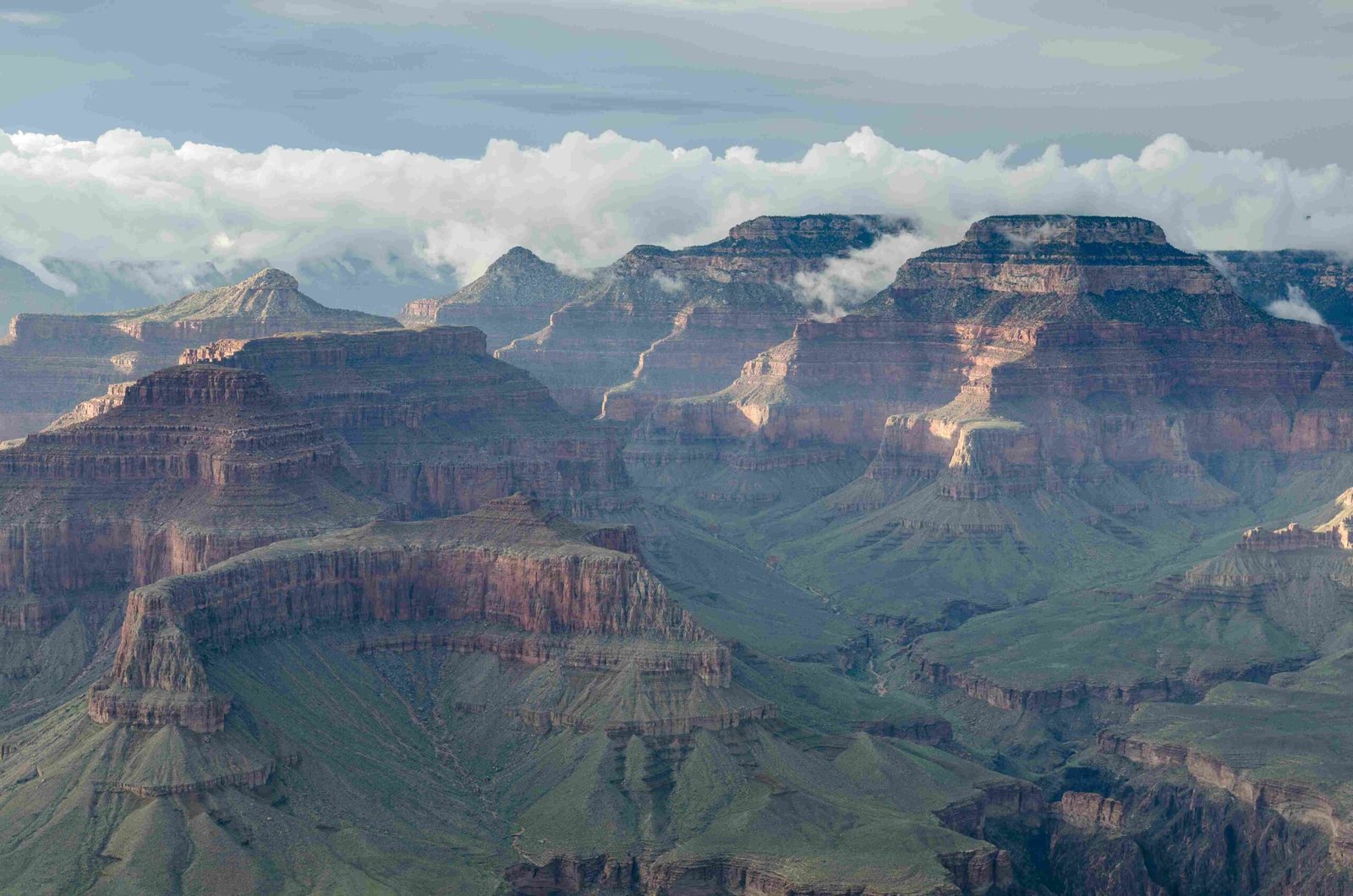The Grand Canyon represents an extraordinary geological narrative spanning nearly 2 billion years, where tectonic collisions, marine sedimentations, volcanic activities, and persistent river erosion collaboratively sculpted one of Earth’s most magnificent natural wonders. This colossal landscape reveals intricate rock layers that chronicle planetary transformations, demonstrating how geological processes meticulously craft breathtaking landscapes across immense timescales.
What Geological Processes Formed the Grand Canyon?

Ancient Foundations of Rock Layers
The Grand Canyon’s geological story begins with remarkable complexity. Around 2 billion years ago, volcanic islands collided with the North American continent, creating the foundational Vishnu Basement Rocks. These metamorphic rocks, including Vishnu Schist, Brahma Schist, and Rama Schist, represent the canyon’s oldest geological components.
Key Geological Stages
| Era | Time Period | Significant Events |
|---|---|---|
| Precambrian | 2 Billion – 541 Million Years Ago | Basement rock formation, tectonic collisions |
| Paleozoic | 541 – 252 Million Years Ago | Sedimentary layer deposition |
| Mesozoic | 252 – 66 Million Years Ago | Partial erosion of rock layers |
| Cenozoic | 66 Million Years Ago – Present | Colorado Plateau uplift, canyon carving |
How Did the Colorado River Shape the Canyon?
The Colorado River emerged as the primary sculptor of the Grand Canyon approximately 6 million years ago. Its persistent erosive power gradually carved through multiple rock layers, creating the stunning 277-mile-long, up to 18-mile-wide landscape we observe today.
Erosion Mechanisms
- Water Flow: Continuous river movement
- Ice Age Influences: Increased water volume during glacial periods
- Rock Resistance: Differential erosion based on rock hardness
What Contributed to the Canyon’s Depth?
Several critical factors contributed to the Grand Canyon’s remarkable depth:
- Tectonic uplift of the Colorado Plateau
- Consistent river erosion
- Variations in rock layer composition
- Climate changes affecting water volume
When Did Major Geological Transformations Occur?
- 1.75 Billion Years Ago: Intense metamorphosis of basement rocks
- 740 Million Years Ago: Sedimentary unit depositions
- 70 Million Years Ago: Colorado Plateau initial uplift
- 6 Million Years Ago: Ancestral Colorado River begins carving
Why Is the Grand Canyon Geologically Unique?
The Grand Canyon represents a rare geological window, exposing nearly two billion years of Earth’s history within its stratified walls. Its diverse rock formations, ranging from ancient metamorphic basement rocks to younger sedimentary layers, provide scientists an unparalleled opportunity to study planetary evolution.
Can Visitors Explore These Geological Wonders?
Visitors can experience the Grand Canyon’s geological marvel through:
- Ranger-led geological programs
- Hiking trails exposing rock layers
- Visitor center exhibits
- Professional geological tours
Conclusion

The Grand Canyon stands as a testament to Earth’s dynamic geological processes, created not instantaneously but through millions of years of meticulous transformation. Its formation represents a complex interplay of tectonic movements, sedimentary depositions, and persistent erosion.
